13 Wild Animals in Jordan [Wildlife in Jordan]
Want to know more about wildlife in Jordan?
Discover 13 wild animals in Jordan in this post, as well as interesting facts about them. 🇯🇴
TABLE OF CONTENTS [show]
Learn All About Jordanian Animals
Ready to learn all about Jordanian animals?
I’ve always been fascinaated by animals, and by how they can be so different from one country to another. In this guide, we’ll focus on the many animals Jordan has on the land, in the sky, and under water.
I’ve split the guide into 7 categories:
- Native animals from Jordan
- Endangered animals of Jordan
- What is the national animal of Jordan?
- How many animals native to Jordan?
- Are there wild cats in Jordan?
- Are there sharks in the Jordan River?
- Are there camels in Jordan?
Let’s dive in right away with our first category!
Native Animals from Jordan
Jordan, formally known as the Hashemite Kingdom of Jordan, is an Asian country located in the western part of the continent, at the crossroads of Europe, Asia, and Africa. It has been inhabited for tens of thousands of years, and it used to be a British colony. It is bordered by Iraq, Saudi Arabia, Israel, and Syria, and its capital and largest city is Amman, which counts more than 4,061,000 inhabitants.
An interesting part of the country that I wanted to tackle is its wildlife. In light of that, I have listed the best of it, and I hope you will love learning what animals live in Jordan.
Here’s the Jordan animals list.
1. Whale shark
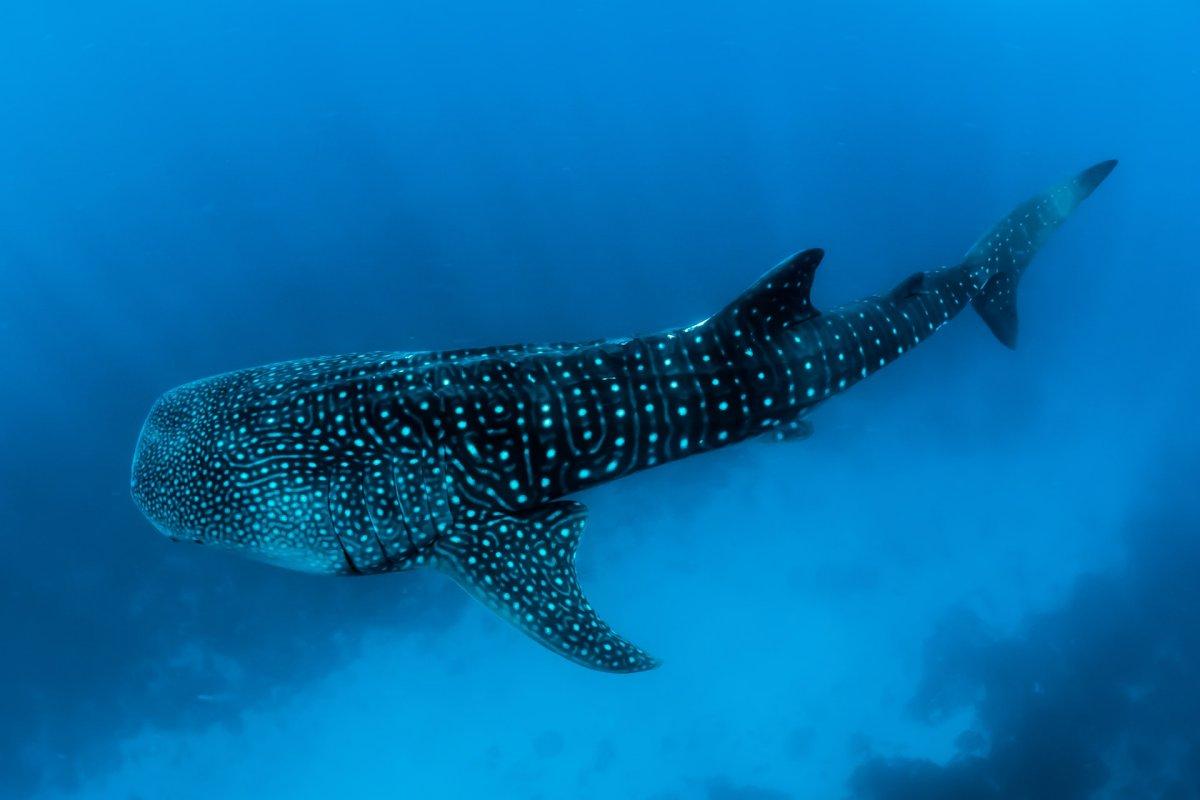
- Name: Whale shark
- Scientific name: Rhincodon typus
- Conservation status:
The whale shark is the largest fish in the world as well as the largest non-mammalian vertebrate. It can be found off the coast of southern Jordan, in the Red Sea, in Aqaba’s gulf.
This shark usually inhabits open waters of the tropical oceans below 21 °C / 70 °F, and can live up to 130 years! It is a well-known filter feeder with an extremely large mouth that mostly feeds on small fishes and plankton, and is not a danger at all to humans.
2. Egyptian mongoose
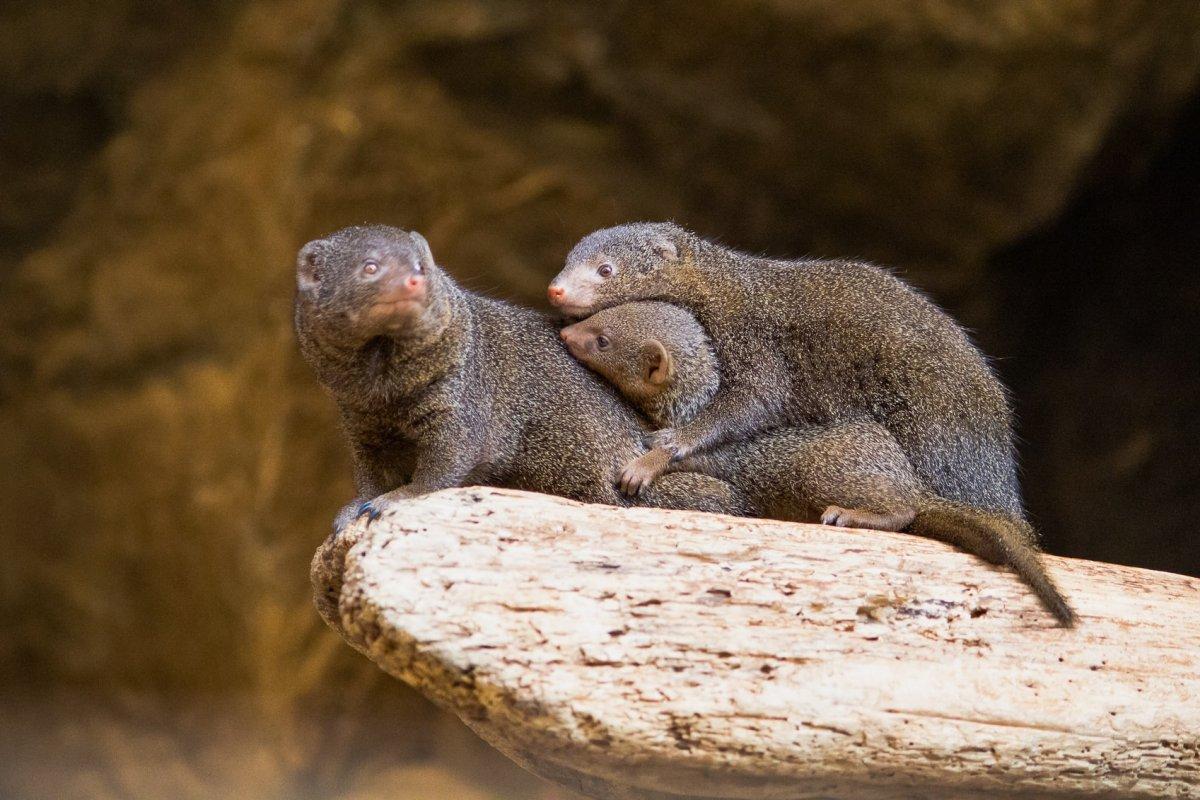
- Name: Egyptian mongoose
- Scientific name: Herpestes ichneumon
- Conservation status:
The Egyptian mongoose, also known as the ichneumon, is a species of mongoose native to the coastal regions of the Mediterranean Sea, as well as tropical and subtropical grasslands of sub-Saharan Africa; it was also introduced to the southernmost parts of the Iberian Peninsula.
This mongoose is active by day and shows significant territorial behavior. It usually lives in groups of up to 5 members and preys on rodents, birds, reptiles, fish, amphibians, and insects.
3. Striped hyena
- Name: Striped hyena
- Scientific name: Hyaena hyaena
- Conservation status:
Not to be confused with its famous relative, the laughing hyena, the striped hyena is a species of hyena native to North and East Africa, the Caucasus, Central Asia, the Indian subcontinent, and the Middle East.
This mammal is an important figure in Middle Eastern and Asian folklore, and its body parts are sometimes considered magical and are used as talismans or charms.
4. Caracal
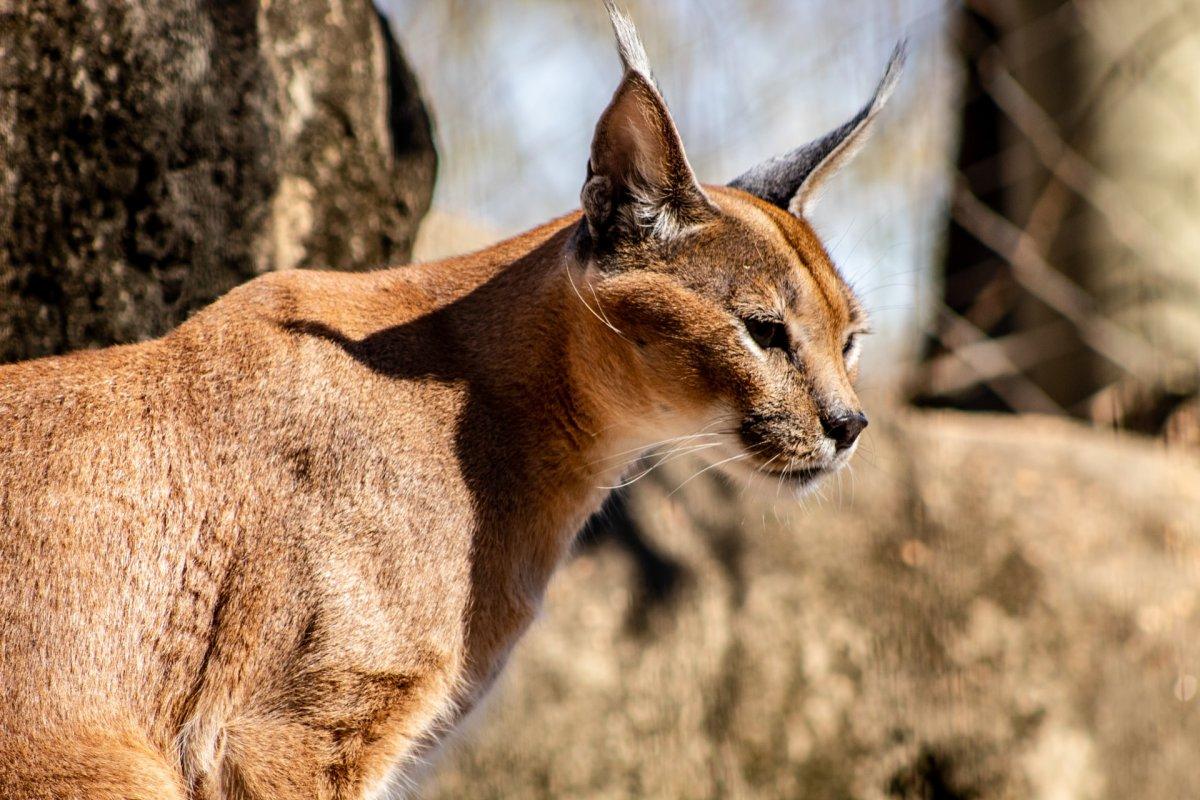
- Name: Caracal
- Scientific name: Caracal caracal
- Conservation status:
The caracal is a medium-sized species of wild cat native to the Middle East, Central Asia, the Indian subcontinent, and Africa.
It is a nocturnal animal with a slender build; being particularly elusive, it is very difficult to spot. However, we know for sure that the caracal is an agile predator that excels at climbing, swimming, and leaping: in fact, it is capable of catching birds in midair!
5. Blanford’s fox
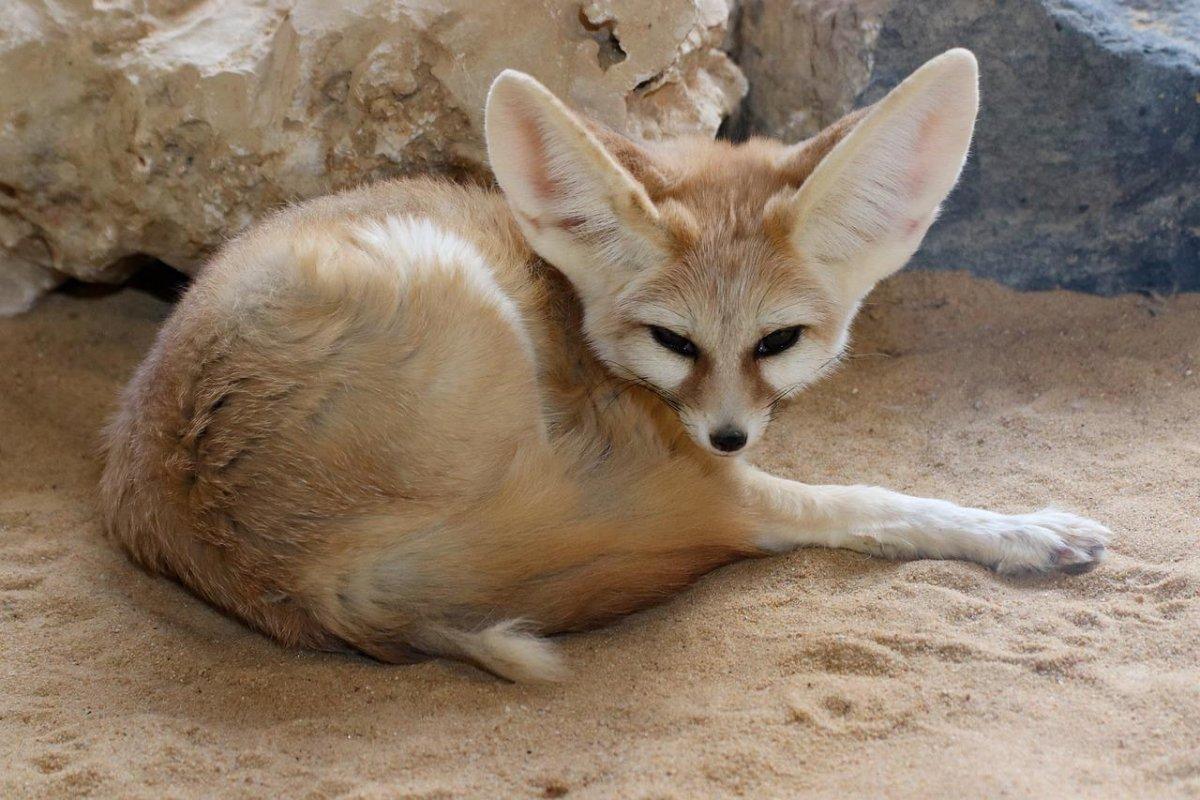
- Name: Blanford’s fox
- Scientific name: Vulpes cana
- Conservation status:
Blanford’s fox, also known as the cliff fox, the royal fox, the dog fox, or the Afghan fox, is a small species of fox native to Central Asia and the Middle East. It has characteristic wide ears and a long, bushy tail almost as long as its body.
This fox is nocturnal, and is omnivorous: it mostly feeds on insects and fruits but also eats plant food, olives, and small mammals.
6. Caucasian badger
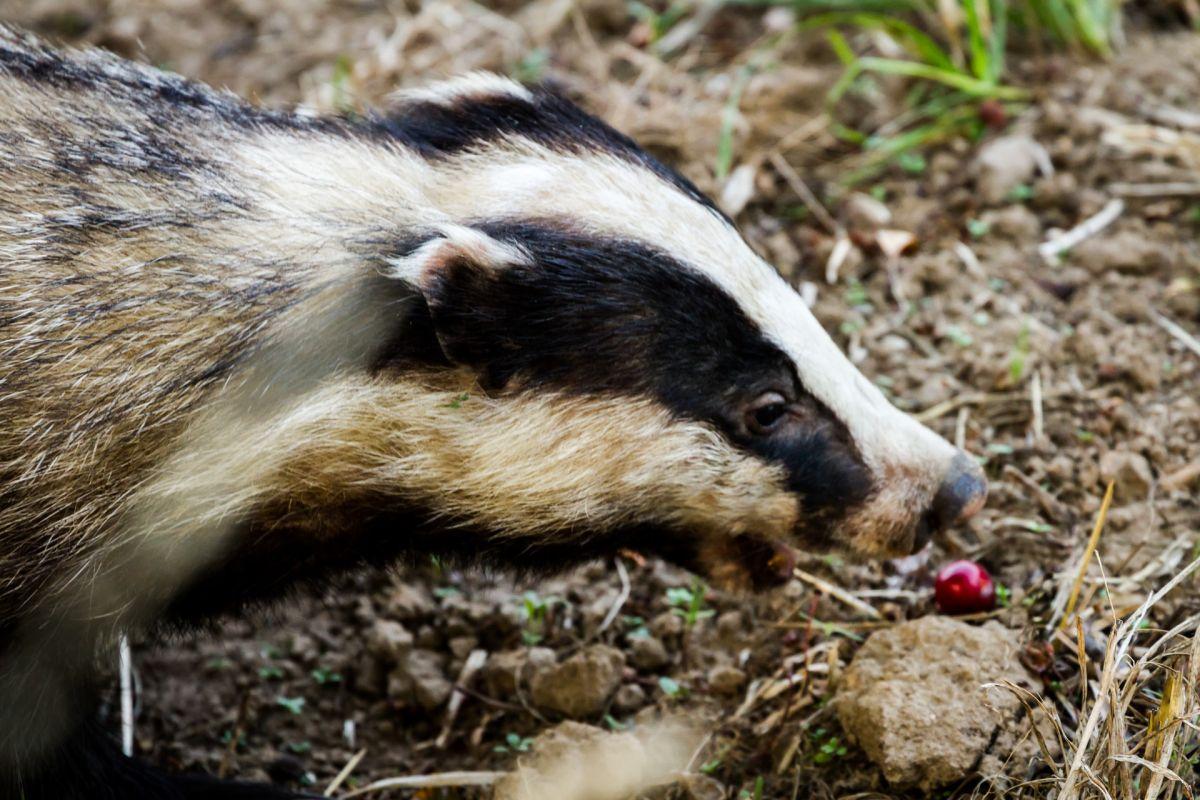
- Name: Caucasian badger
- Scientific name: Meles canescens
- Conservation status:
The Caucasian badger, also known as the Southwest Asian badger, is a species of badger native to some Mediterranean islands and Western Asia.
Compared to its more famous European counterpart, the Caucasian badger is smaller, and has gray and brown highlights all over its fur. 4 of the 8 previously known subspecies of the European badger are now thought to belong to the Caucasian badger: the Transcaucasian badger, the Rhodes badger, the Cretan badger, and the Fergana badger.
7. Mountain gazelle
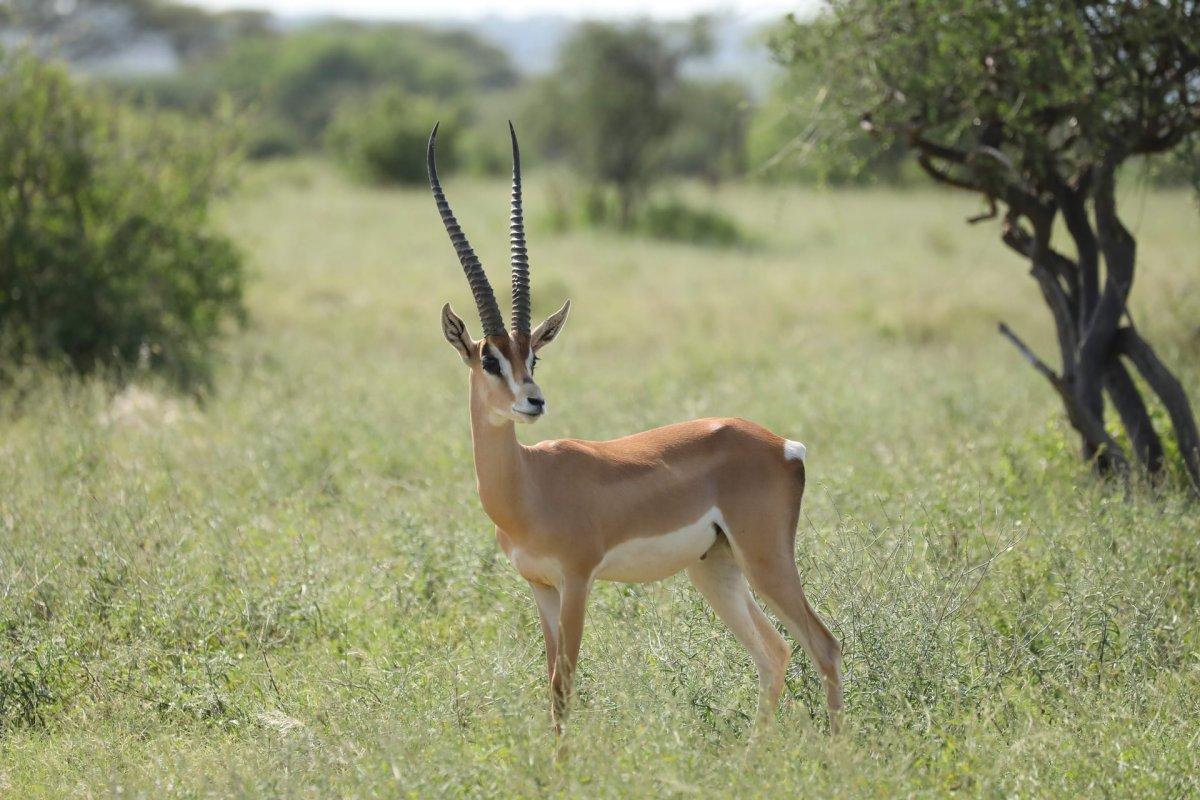
- Name: Mountain gazelle
- Scientific name: Gazella gazella
- Conservation status:
The mountain gazelle, also known as the Palestine mountain gazelle, is a species of widely distributed gazelle. It is most abundant in Israel, the Golan Heights, and the West Bank, but can also be found in Turkey and Jordan.
Although widely distributed, its populations are uneven, and this species might very well face local extinction in Jordan, where it has been hunted for years.
8. Middle East blind mole-rat
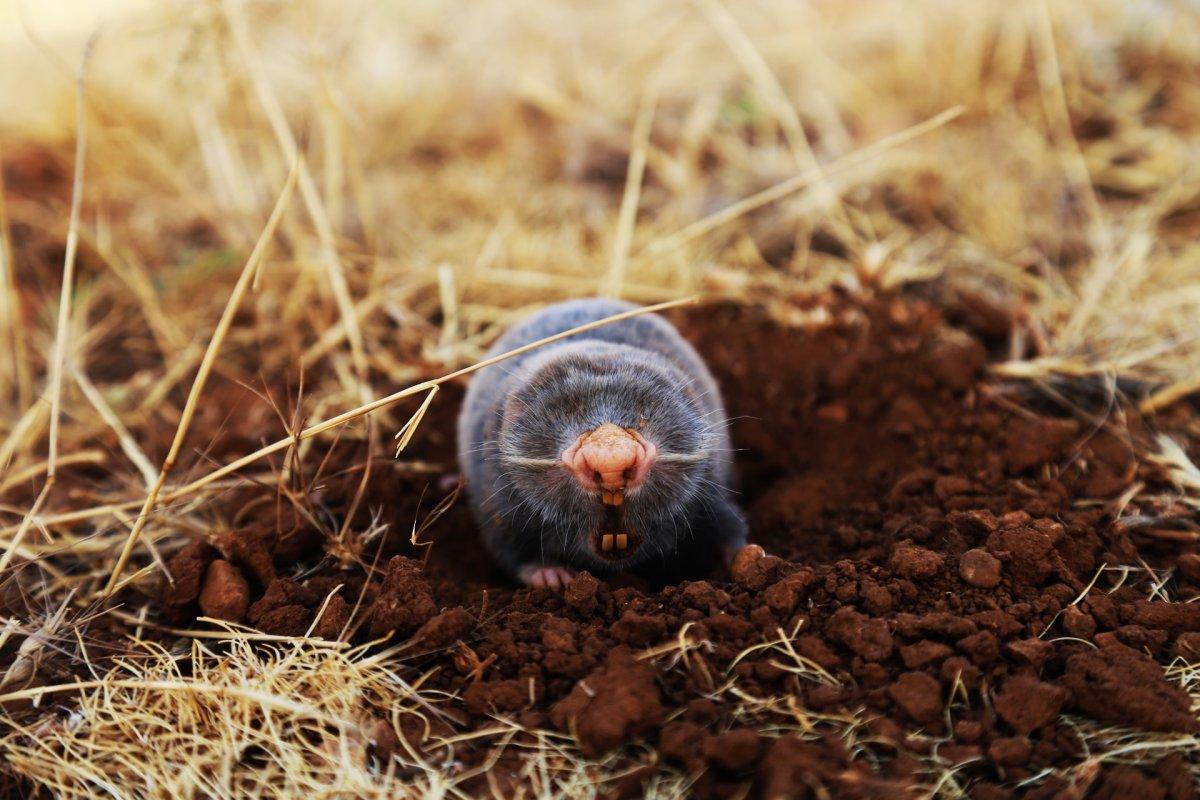
- Name: Middle East blind mole-rat
- Scientific name: Nannospalax ehrenbergi
- Conservation status:
The Middle East blind mole-rat, also known as the Palestine mole-rat, is a poorly known species of rodent native to Jordan, Israel, Syria, Palestine, Lebanon, Turkey, Egypt, and Iraq. It usually lives in Mediterranean-type shrublands and is threatened by habitat loss.
Interestingly enough, this species is very important for lab research, being apparently resistant to cancer! In fact, it has several tumor suppression mechanisms that could very well make it immune to one of the most fatal diseases of the 21st century.
9. Indian crested porcupine
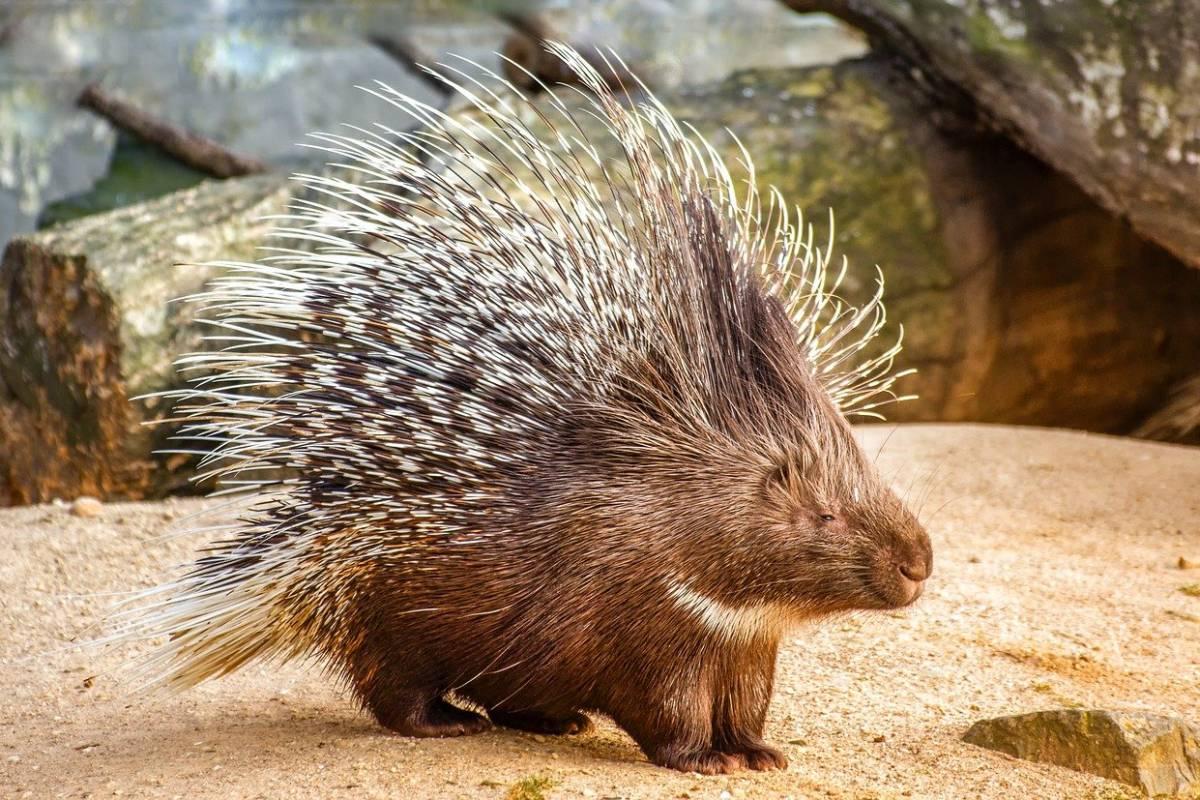
- Name: Indian crested porcupine
- Scientific name: Hystric indica
- Conservation status:
The Indian crested porcupine is a species of rodent native to the Middle East and southern Asia. It is quite large, reaching lengths of up to 90 cm / 35 in, and is covered in multiple layers of quills that it uses to defend itself.
This porcupine lives in rocky hills, but also in tropical and temperate shrublands and gardens. It feeds on a wide variety of plant material, from roots, bulbs, and fruits to grains and tubers, but also insects and small vertebrates sometimes.
10. Lappet-faced vulture
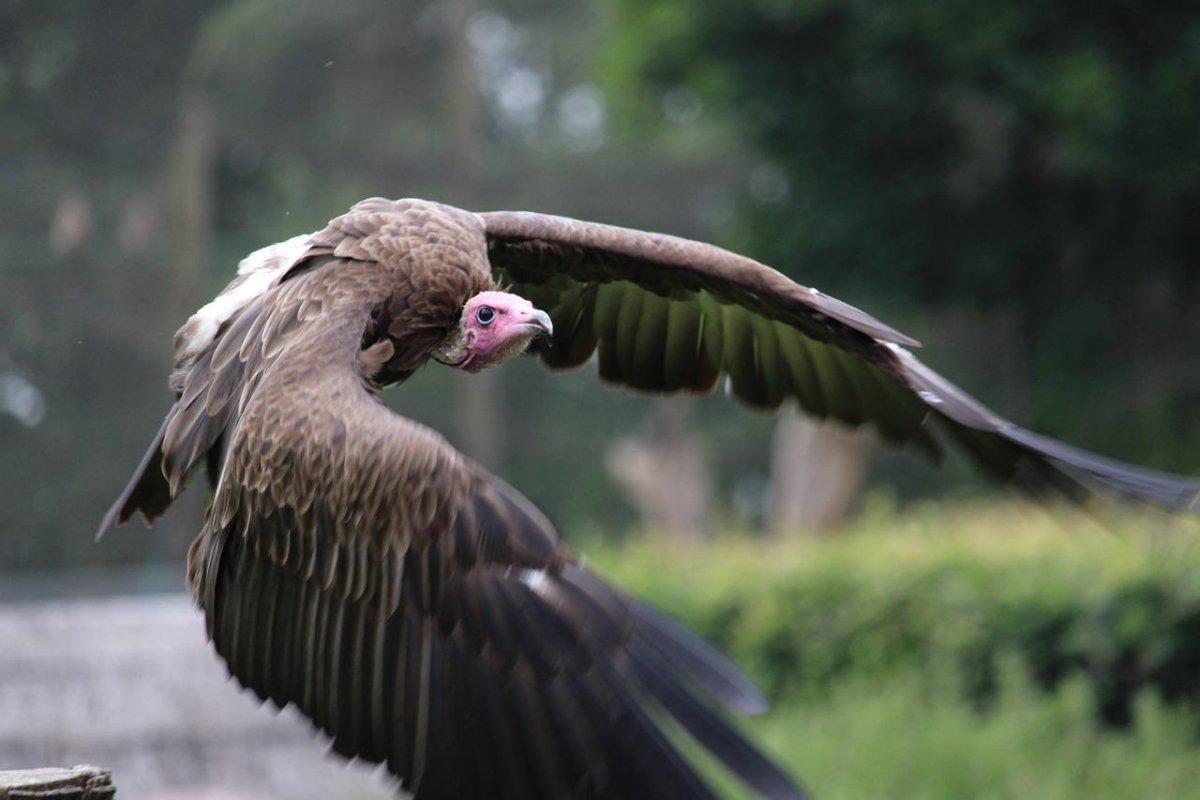
- Name: Lappet-faced vulture
- Scientific name: Torgos tracheliotos
- Conservation status:
The lappet-faced vulture, also known as the Nubian vulture, is a species of Old World vulture native to Africa, the Arabian Peninsula, and the Middle East.
This vulture lives in dry savanna, plains, and deserts, where it can be found in undisturbed open country with little to no grass cover, at up to 4,500 m / 14,800 ft above sea level.
11. Pharaoh eagle-owl
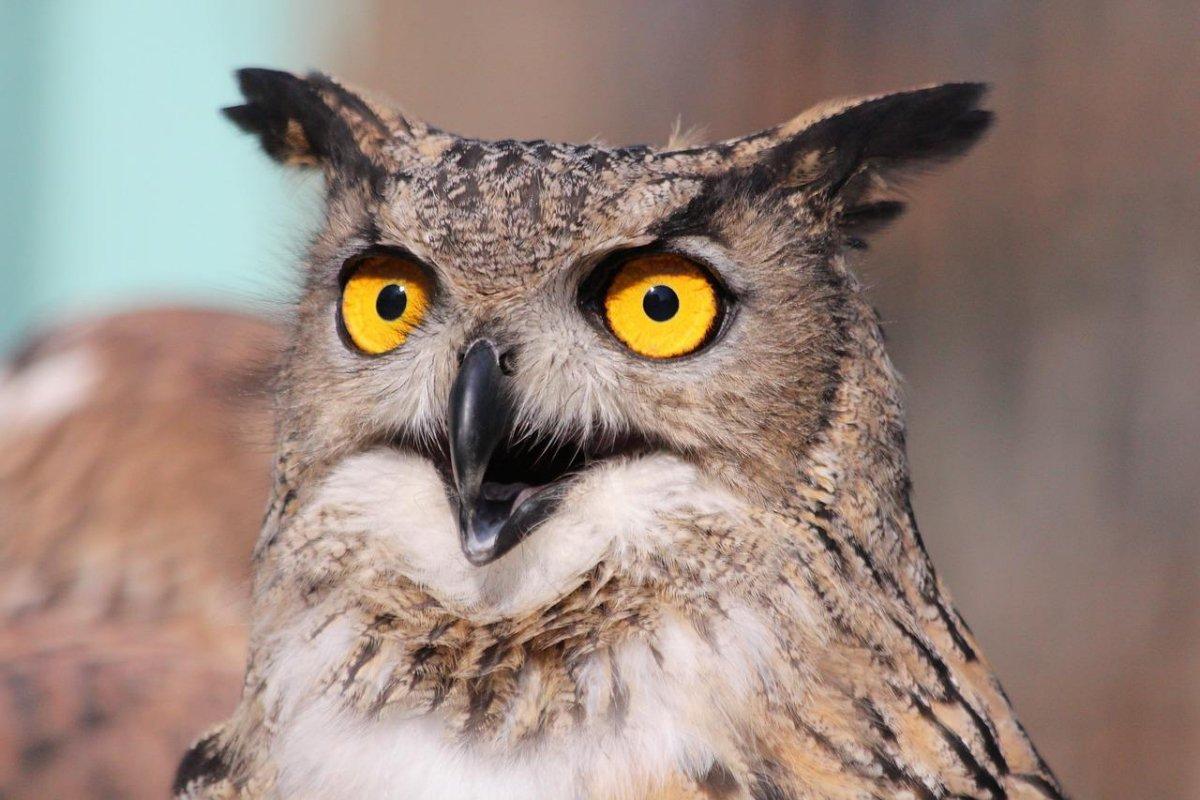
- Name: Pharaoh eagle-owl
- Scientific name: Bubo ascalaphus
- Conservation status:
The pharaoh eagle-owl is a species of owl native to several countries of Africa and the Middle East, including Jordan, Algeria, Egypt, the United Arab Emirates, and Iran.
It is nocturnal and emerges at dusk to hunt for small mammals, lizards, snakes, birds, beetles, and scorpions. Because it faces no serious threat and has a very large range, it is listed as least concern.
12. Desert monitor
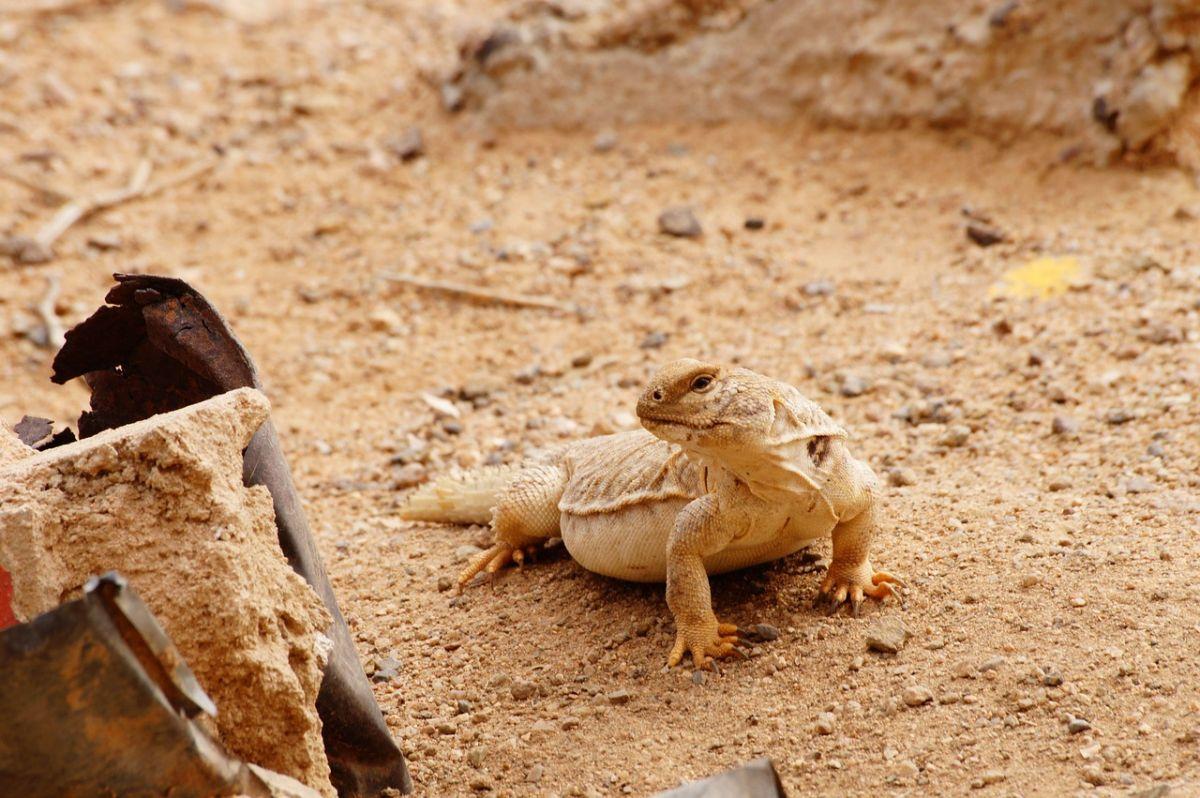
- Name: Desert monitor
- Scientific name: Varanus griseus
- Conservation status:
The desert monitor is a large species of lizard that can be found throughout Central and South Asia, as well as North Africa. It is a carnivorous species that feeds on lots of different vertebrates and invertebrates. Besides, it might have venom, but this claim is widely debated.
This monitor hibernates from September to April, and a mass exodus happens in July when all monitors stop hibernating.
13. Great white pelican
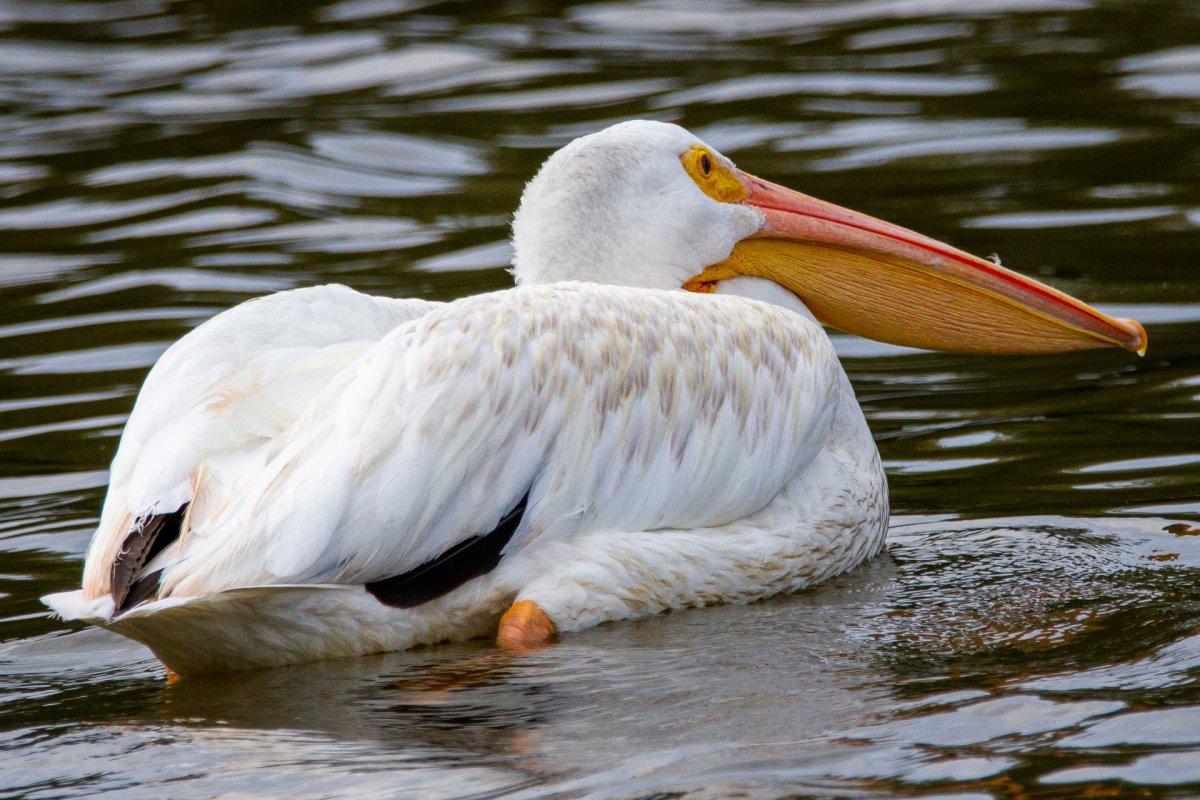
- Name: Great white pelican
- Scientific name: Pelecanus onocrotalus
- Conservation status:
Pelicans are majestic creatures, and the great white pelican, also known as the white pelican, the rosy pelican, or the eastern white pelican, is a great example. It is a species of bird that can be found anywhere from southeastern Europe to Africa and Asia.
This pelican usually lives in shallow lakes and swamps and is a large migratory bird that spends some time near Aqaba, a southern, coastal Jordan city.
—
So there you have them, these were my 13 native animals of Jordan. I hope you enjoyed this list and that you learned something new today.
In case you want to learn more about animals in the country, feel free to keep reading, as I still have lots of things to tell you about:
Endangered Animals of Jordan
This is definitely the saddest part of the list, but it is very important to raise awareness. Because of this, let’s go through the list of endangered animals in Jordan.
Here are the animals in danger of extinction in Jordan.
- None
- Yellow-breasted bunting
- Sociable lapwing
- Siberian crane
- Azraq killifish
- Common eagle ray
- Steppe eagle
- Lappet-faced vulture
- Atlantic petrel
- Egyptian vulture
- Whale shark
- and 16 more…
To see the full list of endangered species in Jordan, head over to the International Union for Conservation of Nature’s Red List.
What is the National Animal of Jordan?
The national animal of Jordan is the Arabian oryx.
Also known as the white oryx, this medium-sized antelope has a large shoulder bump, as well as long, straight horns. It is native to steppe and desert areas of the Arabian Peninsula, and used to be extinct in the wild at the beginning of the 1970s; thanks to reintroduction efforts, it has now partially recovered.
This animal is particularly important in Jordan, being present in the Bible, and being the possible origin of the unicorn myth!
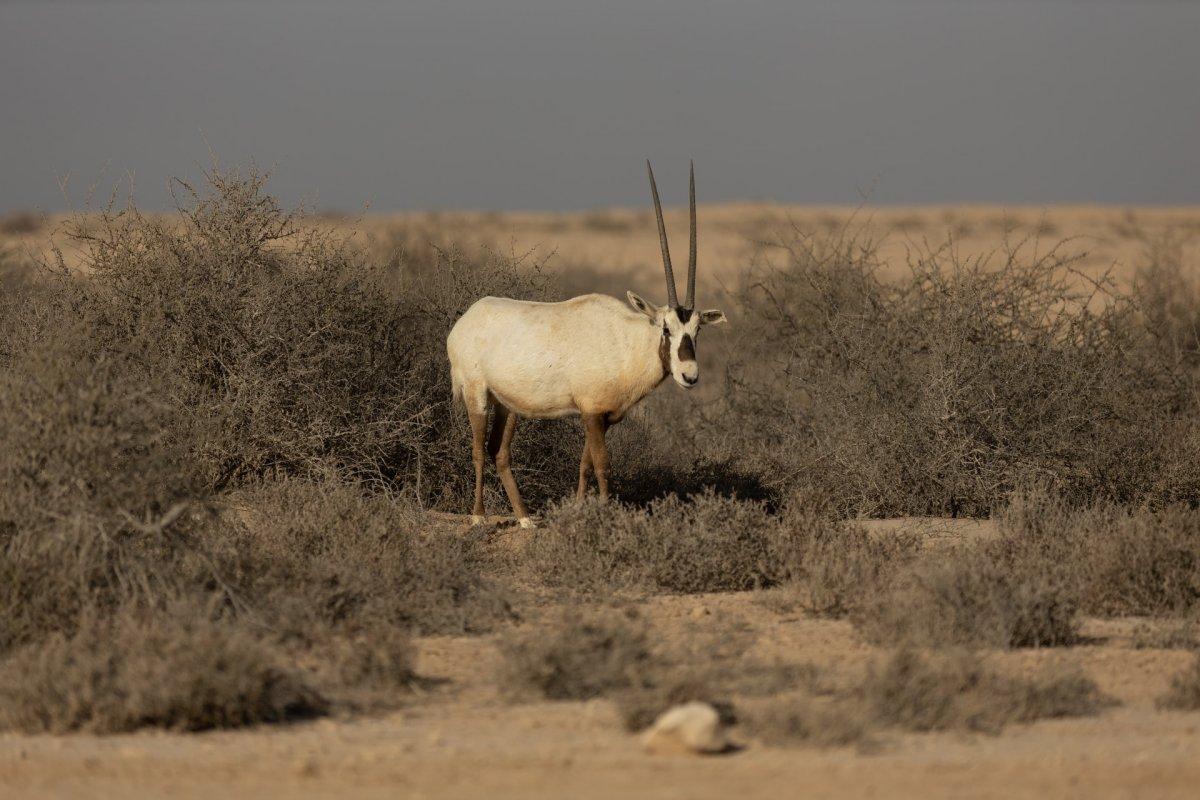
How Many Animals Native to Jordan?
What is the diversity of native animals in Jordan?
Let’s look at the total number of species of Chordata (mammals, birds, fishes, and reptiles).
Total number of animal species in Jordan: 1,278 (5,029 in total in West and Central Asia)
Are there big cats in Jordan?
There are no really big cats such as the cheetah, the lion, or the leopard that can be found in Jordan.
However, small to medium-sized wild cats such as the caracal, the jungle cat, the sand cat, and the African wildcat are present in the country. Sadly, they are all seriously threatened by climate change and could very well go extinct in the next decades according to a study.
Are there sharks in the Jordan River?
There are no sharks within Jordan, in the Jordan River.
However, one of its southernmost cities, Aqaba, is rich with marine life, and the world’s largest fish, the whale shark, as well as the world’s fastest shark, the shortfin mako shark, can be found there. Several other species, such as the tiger shark, the oceanic whitetip shark, the reef shark, and the thresher shark, inhabit Aqaba’s gulf as well.
Are there camels in Jordan?
Believe it or not, there are no wild camels left in the Middle Eastern country of Jordan where camels have historically been so important.
However, you will definitely find domesticated camels in the country, and you could even ride them for a bit! In case you want to buy one (because why not?), the cost of a camel in Jordan varies from $900 to $9,500!
More About Animals in the World!
Loved these Jordan wildlife facts? Want to see what animals live in other countries?
Then check out these posts:
Or click here to see ALL the facts up on the blog! Spoiler alert: there’s A LOT of them.
Share the knowledge! Click on the buttons below to share information about these famous animals in Jordan with your friends, and help them learn more about the world 🙂
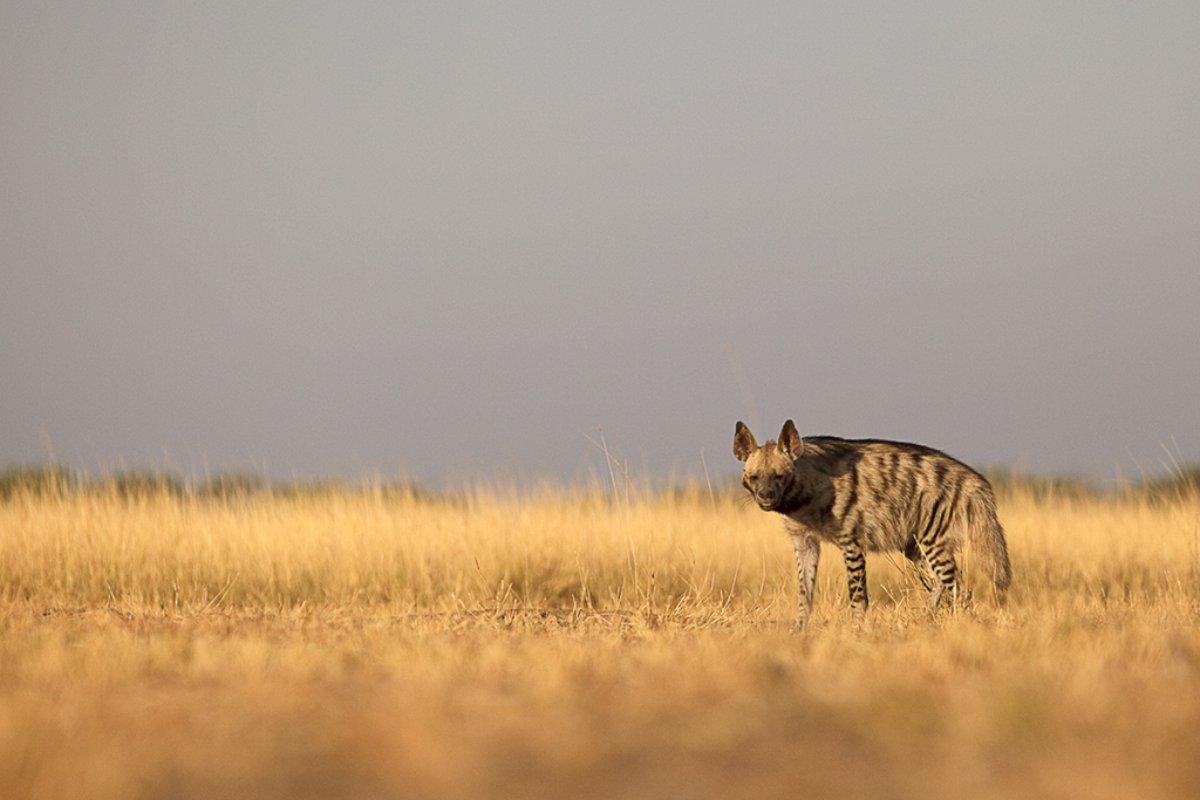

![28 Wild Animals in Central Africa [Wildlife in Central African Republic]](https://www.kevmrc.com/wp-content/uploads/2022/12/28-wild-animals-in-central-africa.jpg)
![18 Wild Animals in Maldives [Wildlife in Maldives]](https://www.kevmrc.com/wp-content/uploads/2022/12/18-wild-animals-in-maldives.jpg)
![27 Wild Animals in France [Wildlife in France]](https://www.kevmrc.com/wp-content/uploads/2022/06/27-wild-animals-in-france.jpg)
Check your ‘great white pelican’ photo!?
Thank you for your comment, I’ve fixed it!